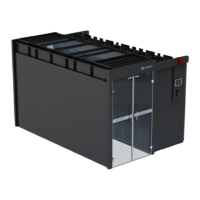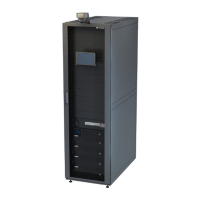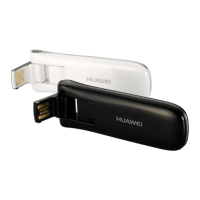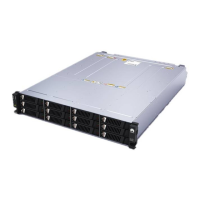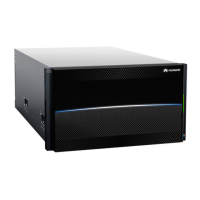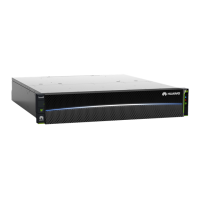● Personnel involving working at heights are not allowed to throw objects from
the height to the ground, or vice versa. Objects should be transported by
tough slings, hanging baskets, highline trolleys, or cranes.
● Do not perform operations on the upper and lower layers at the same time. If
unavoidable, install a dedicated protective shelter between the upper and
lower layers or take other protective measures. Do not pile up tools or
materials on the upper layer.
● Dismantle the
scaolding from top down after nishing the job. Do not
dismantle the upper and lower layers at the same time. When removing a
part, ensure that other parts will not collapse.
● Ensure that personnel working at heights strictly comply with the safety
regulations. The Company is not responsible for any accident caused by
violation of the safety regulations on working at heights.
● Do not loiter when working at heights. Do not rest in the area involving
working at heights.
1.4 Mechanical Safety
Ensure that all necessary tools are ready and inspected by a professional
organization. Do not use tools that have signs of scratches or fail to pass the
inspection or whose inspection validity period has expired.
Before installing equipment in a cabinet, ensure that the cabinet is securely
fastened with a balanced center of gravity. Otherwise, tipping or falling cabinets
may cause bodily injury and equipment damage.
When pulling equipment out of a cabinet, be aware of unstable or heavy objects
in the cabinet to prevent injury.
Do not drill holes into the equipment. Doing so may aect the sealing
performance and electromagnetic containment of the equipment and damage
components or cables inside. Metal shavings from drilling may short-circuit boards
inside the equipment.
FusionModule2000-S Smart Modular Data Center
User Manual 1 Safety Information
Issue 07 (2022-09-30) Copyright © Huawei Technologies Co., Ltd. 10
